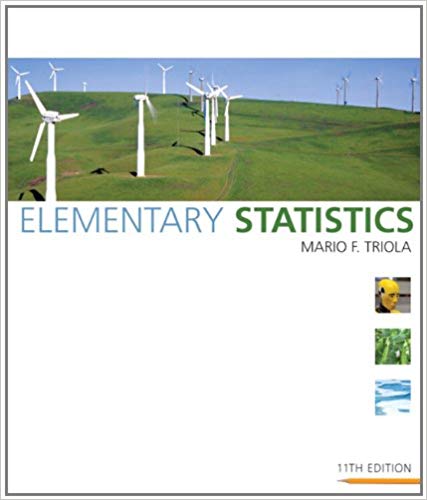In a clinical trial of the allergy drug Nasonex, 2103 adult patients were treated with Nasonex and
Question:
In a clinical trial of the allergy drug Nasonex, 2103 adult patients were treated with Nasonex and 14 of them developed viral infections.
a. If two different adults are randomly selected from the treatment group, what is the probability that they both developed viral infections?
b. Assuming that the same proportion of viral infections applies to all adults who use Nasonex, find the probability that among 5000 randomly selected adults who use Nasonex, at least 40 develop viral infections.
c. Based on the result from part (b), is 40 an unusually high number of viral infections? Why or why not?
d. Do the given results (14 viral infections among 2103 adult Nasonex users) suggest that viral infections are an adverse reaction to the Nasonex drug? Why or why not?
Step by Step Answer:






